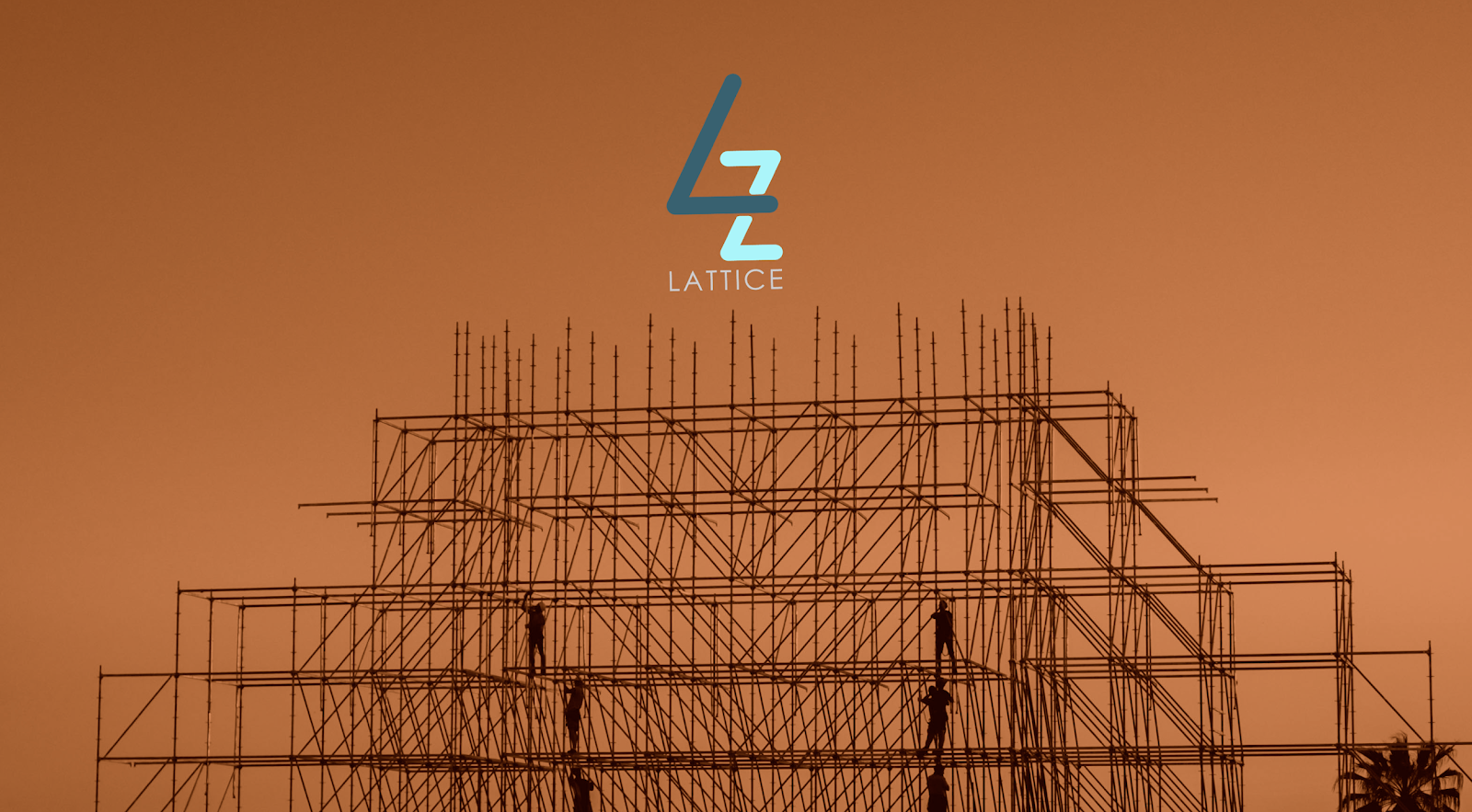2020 is the year that everything and everyone went digital. COVID-19 has forced many to telecommute for work meetings and family events, order groceries online, and consume a lot more streaming content. Another digital space that has seen a cascade of activity this year is blockchain. Of the areas within it, decentralized finance (DeFi) is undeniably the most active sector. DeFi is rapidly transforming the current financial system in ways that were previously unimaginable before the advent of the distributed ledger. People can now borrow, lend, trade, and carry out a plethora of financial activities without financial intermediaries (and their fees).
A disproportionate amount of DeFi applications are currently built on the Ethereum platform. Due to Ethereum’s limitations, it is inevitable that Defi will eventually come to a halt as these applications (especially decentralized exchanges) have already started suffering from Ethereum’s limited functionality. It is for this reason that innovators in this space have built a scalable DeFi solution that can do greater things.
Lattice was created to provide a sustainable environment for DeFi. To understand how the Lattice Exchange is going to shape the future of decentralized finance we need to understand two things. The first is the fundamental problem with the Ethereum blockchain. The second is how Constellation (the technology that powers Lattice) differs from other blockchain applications.
Ethereum has successfully developed a smart contract platform that has attracted the most utility. One of the network's glaring concerns, however, is its high latency and low throughput. Ethereum’s average transaction speed stands at 15 tps; extremely slow when compared to Visa’s maximum transaction speed of about 45,000 tps. Further, working with Solidity, Ethereum programming language for building smart contracts, has presented serious challenges to developers. As a result, meaningful adoption of the technology can not effectively be realized.

Constellation has created a scalable and trustless decentralized network that supports real-world applications and provides an interoperable infrastructure for existing data management and storage platforms, not leaving out other blockchain-based projects. While Ethereum’s main marketing company is consensys, Constellation has SPORE (its own version of consensys) that will help in providing microservices and state channel support. Their target market is the multi-trillion big data industry which has market drivers like the multi-trillion IoT space, the multi-billion data management sector, autonomous vehicles, etc.
The goal of Constellation is not just to become another platform for building only decentralized applications, but also to serve as a framework that can be used by businesses to leverage the value of auditable, immutable, and tokenized systems. The Constellation Network has the largest layer 1 infrastructure in the world with 45 decentralized foundational nodes to lay the foundation of the network. They have introduced a reputation-based model built with mathematical proofs, making hacking more difficult than with existing blockchain consensus mechanisms. To showcase Constellations' capability to tackle both the crypto industry and the traditional finance sector and securities market, the Lattice platform was created.
Lattice is a DeFi application that is built on top of Constellation’s Hypergraph technology. The technology uses direct partitioning and a reputation based consensus algorithm to attain infinite scalability. This leads to a significant increase in transaction processing capabilities, which in turn, helps to avoid the type of congestion that typically occurs on the ethereum network, especially during bull markets. The transfer of off-chain data to the lattice platform is made possible by the constellation bridge (serving as an oracle) and allows for the tracking, monitoring, and execution of functions on real-time events such as weather statistics, election results, stock prices, etc. Also, the constellation bridge would allow for interconnection between different blockchains and the Hypergraph network.
Apart from the flexibility and scalability features of the Lattice platform, the exchange also has built-in capabilities to handle very complex trading algorithms; thus giving Lattice an advantage over ethereum based AMMs, which usually suffer from limited programmability. The goal of lattice is to produce sophisticated AMMs that are equivalent to those of legacy financial markets (quant trading firms are a good example).
The Lattice governance token LTX will be used to implement policies regarding the Lattice exchange. For example, LTX will be used in deciding LTX settlement fees (when necessary) as well as managing various yield farming mechanisms. Additionally, LTX will also be used to approve settlements and equally play a vital role in making deposits and withdrawals. All possible uses of the Lattice governance token aren’t obvious at the moment but will become apparent as additional features are developed within the ecosystem. One interesting approach that the Lattice team is currently exploring is to grant users complete self custody; thus letting them control their private keys while interacting with lattice.
As we look back on big developments in the digital space in 2020, DeFi is certainly a more notable one. With concerns around DeFi’s limitations resulting from the current constraints of Ethereum, a need to scale is imminent. Thanks to Constellation’s Hypergraph technology, Lattice is setting a new standard in the evolution of decentralized finance as it introduces predictable and scalable business models into the financial industry. The constellation network will be used as the standard blockchain for Lattice and will spur a new wave of applications that will create an enabling environment for seamless interaction between traditional and decentralized finance.
Marcus Henry is an American Journalist with over 12 years working in the tech industry. He has been actively involved in the crypto community for the past three years and currently works out of Austin, Texas. He covers breaking news, writes perspective pieces and reflections, and conducts interviews with industry professionals and community members. Follow Marcus Henry on Twitter- @MarcusHenryHODL
Disclaimer: The information above does not constitute investment, financial, trading or any other sort of advice and you should not treat any of my content as such. I do not recommend the purchase, sale, or holding of any cryptocurrency or other product and/or service. Nothing I write about should be deemed as an offer to purchase, sell, or hold a cryptocurrency or other product or service. Please do your own research and consult a certified financial professional before making any investment decision.
Investment Disclaimer






